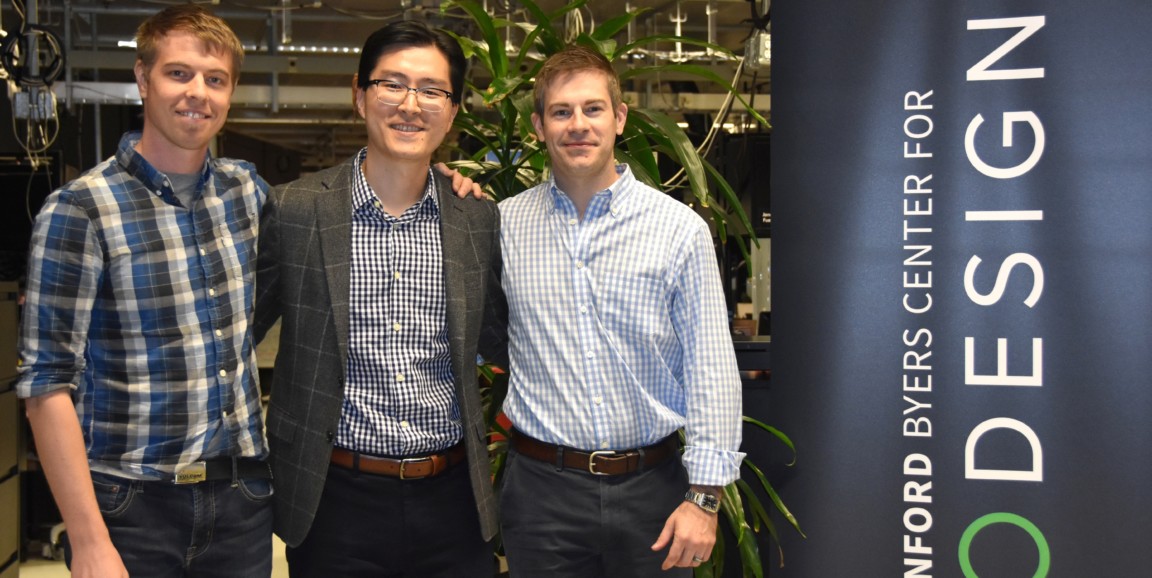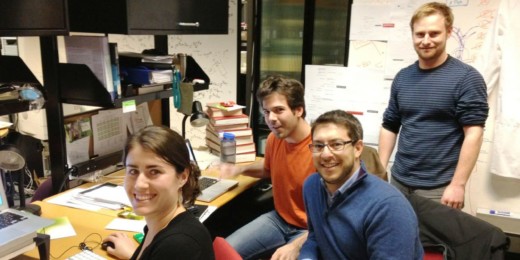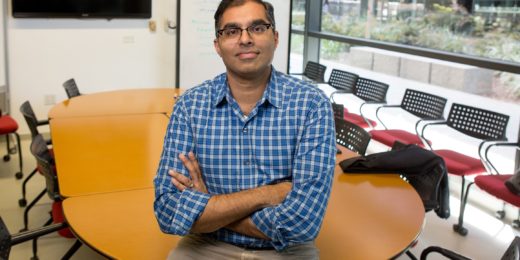When Jeremy Koehler, MS; Insoo Suh, MD, and I started the Biodesign Innovation Fellowship we had significant surgical experience on our team. In combination, Jeremy and I had spent more than a decade advancing surgical technologies, and Insoo was an endocrine and general surgeon. But the fellowship provided us all with a new focus on the challenges of consistently delivering high-quality care.
During our clinical immersion, we watched a kidney transplant. After the procedure, we were surprised when the the surgeon turned to us and said, "This patient is going to get an infection." We knew that surgical site infections (SSIs), infections that develop after a procedure at the incision site, were a major risk. And we knew that was especially the case for patients like this one: He was obese and taking immuno-suppressant drugs as part of his transplant regime, which elevated his risk factors. But, given the seriousness of the problem, it was a shock to hear the surgeon talk about an infection as an inevitable outcome.
Considering that SSIs are associated with longer hospital stays, additional surgeries, intensive care, and higher mortality, we couldn’t accept that there was no clear method to reduce infection risk. It became a rallying cry for our team as we worked to find a way to help surgeons address the underlying cause of these infections.
After researching current surgical practices and methods of infection control, we honed on a lead concept: delivering therapeutic fluids directly and continuously to the surgical site to protect it. An early experiment in the wet lab helped us demonstrate the feasibility of this idea – we bought packaged poultry at the grocery store and tried diffusing a bright green fluid through a plastic membrane into an incision in one of the pieces. It was easy to see that the fluid thoroughly penetrated the incision and surrounding tissue.
Although our concept was intuitive, developing a device that would hold the wound open and deliver fluid to the tissue proved challenging. For weeks, Jeremy and I worked nights in the Biodesign prototyping lab, running through more than a dozen wildly divergent concepts. Fortunately, Jeremy stumbled onto a discontinued toy, the Hoberman Flying Disc, which looks like an expandable Frisbee. The disc triggered a breakthrough, and he built a prototype inspired by, and in part made from it. It had an expanding ring to accommodate different incision sizes, a membrane that delivered fluid, and suction at the bottom to prevent pooling and help remove contamination. The prototype resembles our final product today.
To date, medical devices and technologies initiated by Stanford Byers Center for Biodesign trainees while in the program’s courses and fellowships have been used to care for more than 1.5 million patients. In this new weekly series, some of our innovators will discuss their work and the patients that inspired them
Jonathan Coe, MS, was a 2011-12 Biodesign Innovation Fellow.
Photo of (from left to right) Jeremy Koehler, Insoo Suh and Jonathan Coe by Stacey McCutcheon






